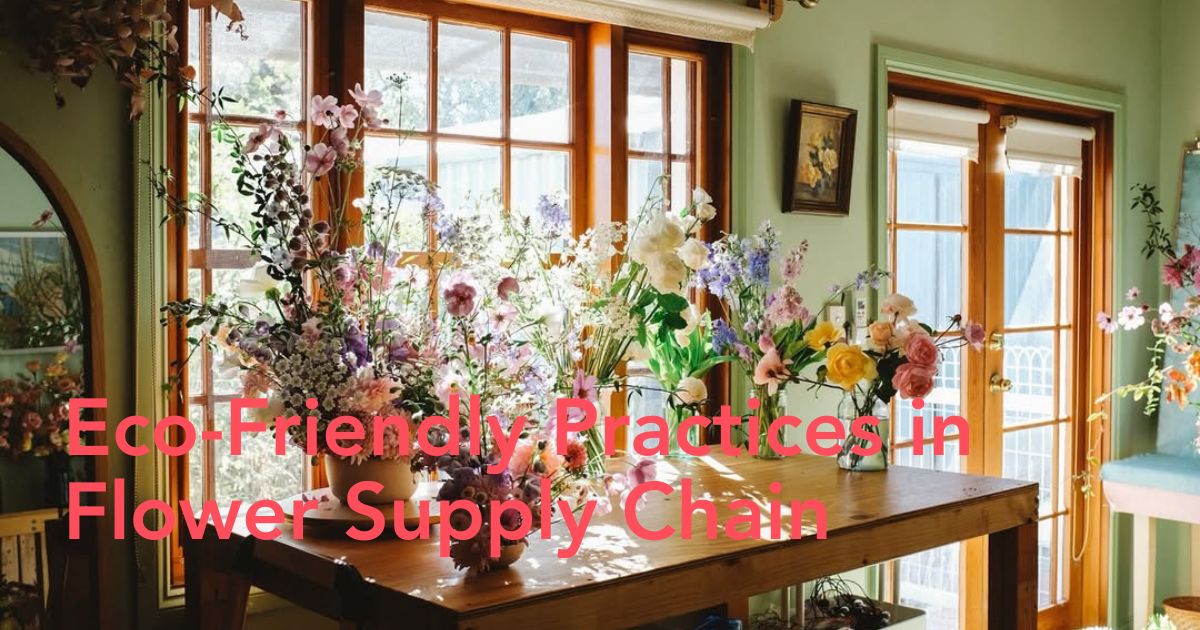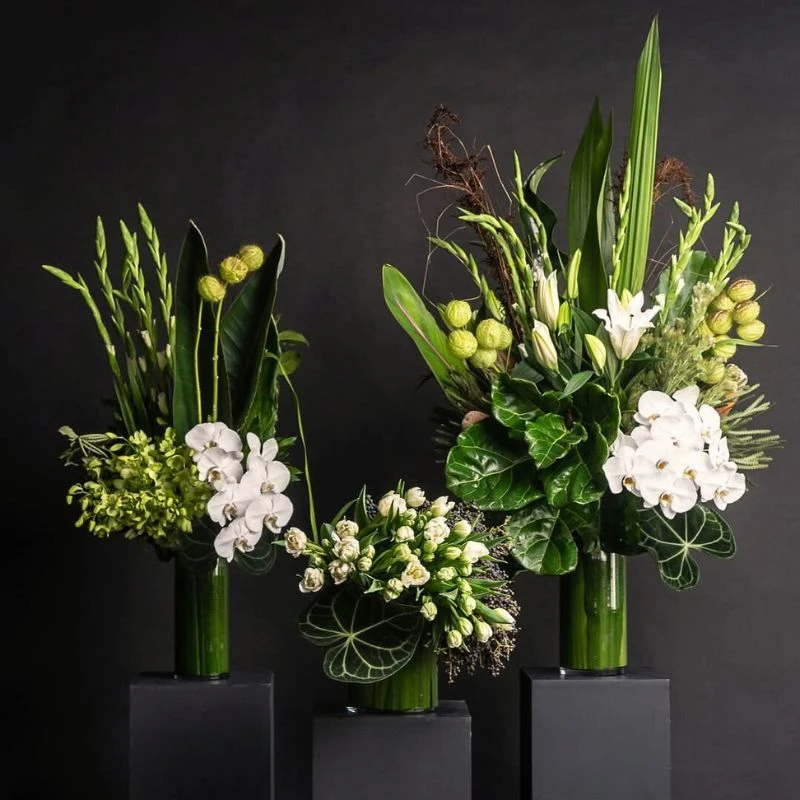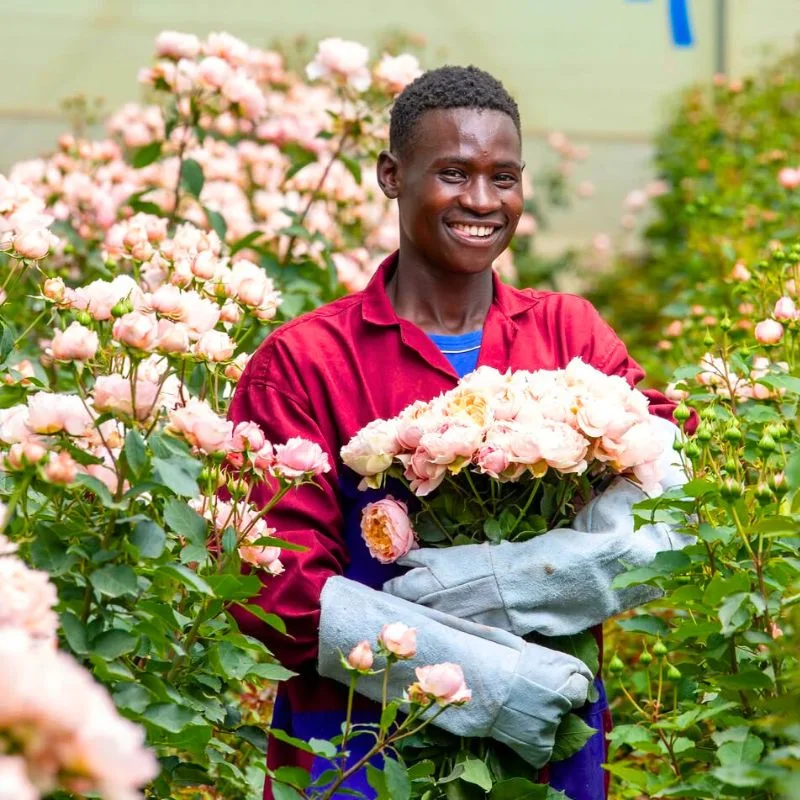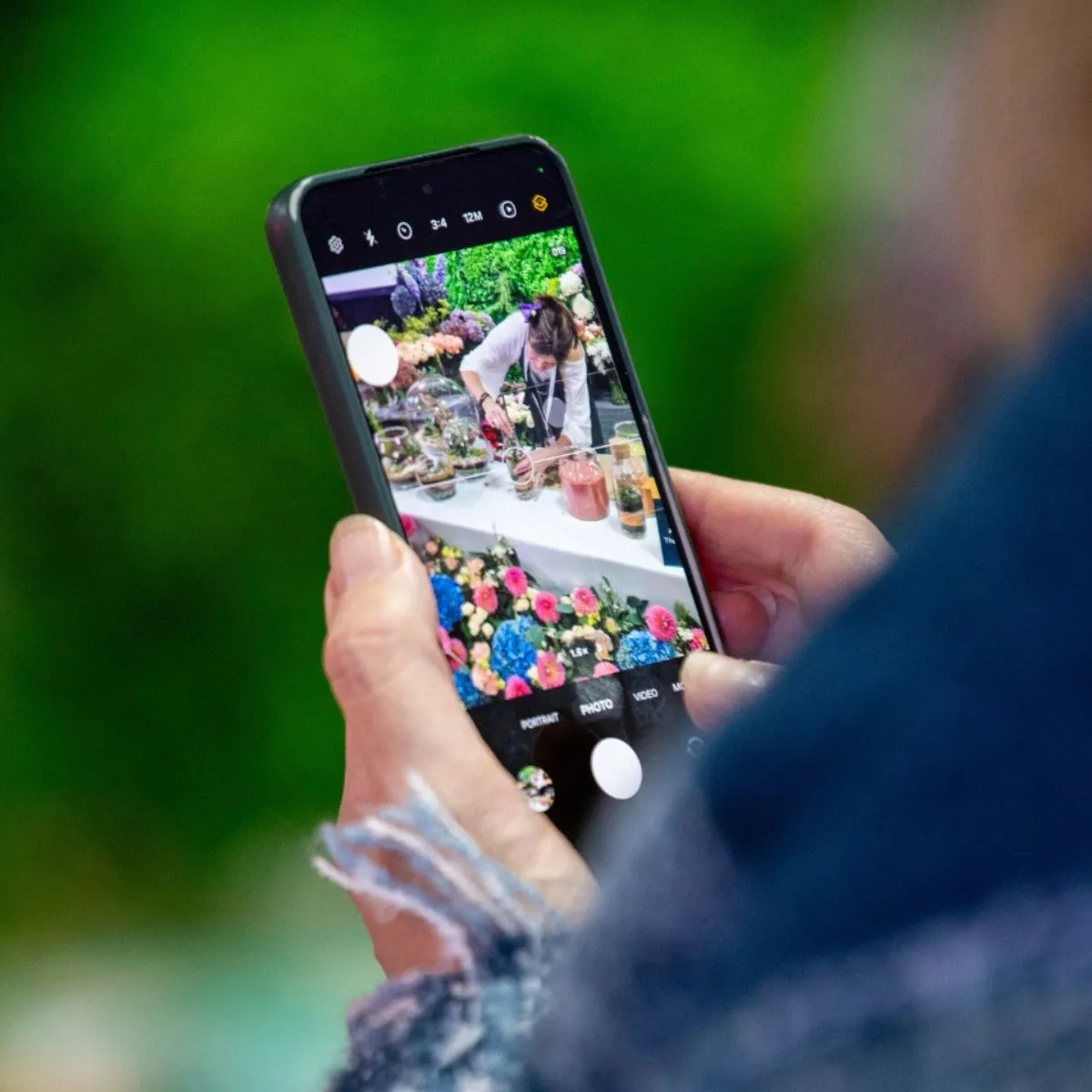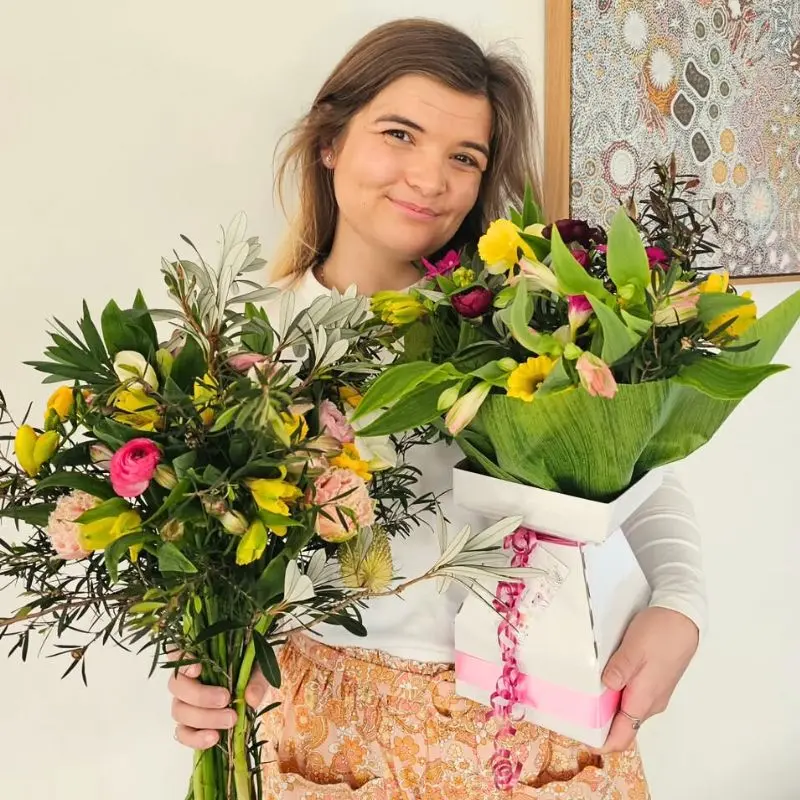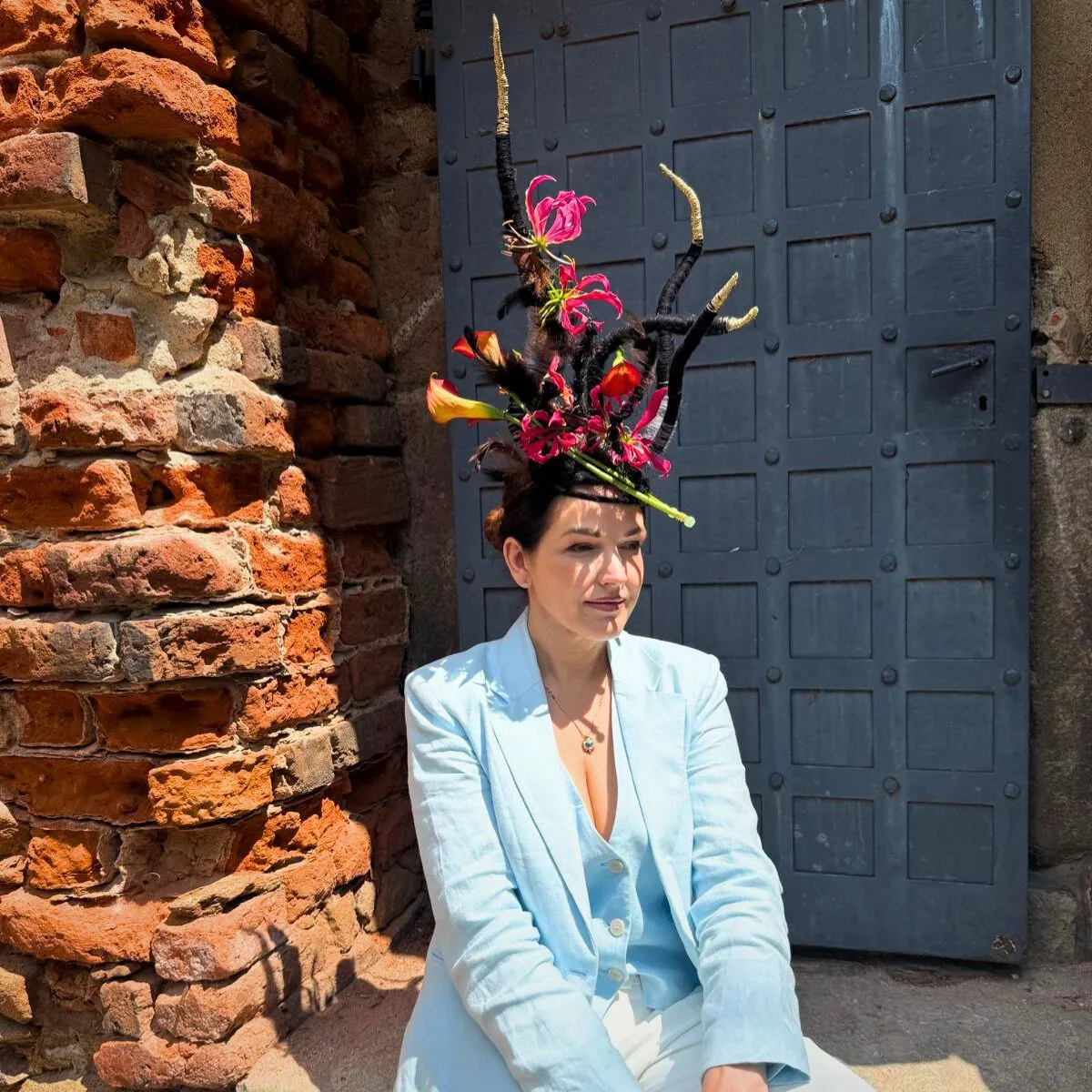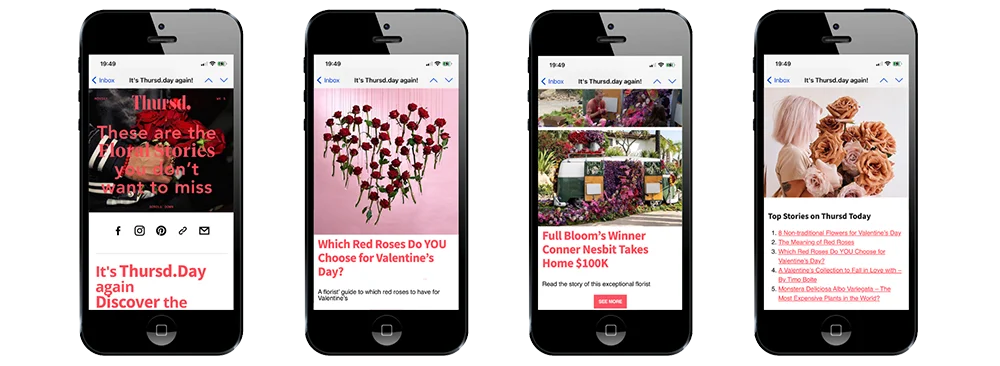The sustainability movement is making big strides across all industries. Sectors like the floristry industry are in a position to make a significant impact in this area. This change begins by considering the path of floral arrangements, from horticulture to florist locations to consumers; this supply chain path leaves its own environmental footprint.
This footprint also leaves an emissions trail that includes transportation, packaging, and waste. By embracing innovative practices and technology in your business, you can reduce your environmental impact as a florist while cultivating a thriving, resilient venture that reflects sustainable values.

1. Sourcing With Sustainable Intention
The first and most impactful step you can take as a florist is to commit to sustainable sourcing. This strategy allows customers to send flowers today without generating excess waste from energy use. Sourcing from local suppliers drastically reduces emissions through shorter travel times, as well.
Choose in-season flowers that align with natural growth cycles to eliminate the need for energy-intensive greenhouses or artificial growing conditions. Plus, supporting local farms strengthens community ties and local economies, ensuring fresher and more vibrant products.
Beyond proximity, choose flowers and greenery produced through ethical farming practices. Methods include organic farming that doesn't use harmful chemicals, which reduces the environmental impact on soil, water, and ecosystems. Not only do these practices produce healthier flowers, but they also contribute to a more sustainable agricultural landscape.

2. Sustainable Packaging and Waste Management for Florists
The next consideration is packaging.
Traditional floral packaging and waste management often generate even more waste. Start by replacing plastic wrap and non-biodegradable floral foam with more conscious choices. For example, paper and fabric wraps are elegant alternatives that break down naturally.
Arrange flowers in reusable vases and containers to minimize waste. This creates a closed-loop system where materials are continuously cycled back into your supply chain.
Next is floral waste management.
Instead of throwing away stems, leaves, and leftover blooms, start a composting program at your florist business. This simple act turns waste into nutrient-rich soil that can be donated to local farms or community gardens, kickstarting a sustainable cycle.
Adopt best practices for flower care to further cut down on waste. For example, efficient hydration and cooler temperatures will extend the life of your products while reducing waste.

3. Green-Friendly Delivery Strategies
As a florist, delivery operations are the key driver of carbon emissions. However, there are many eco-friendly innovations available. Begin by optimizing routes and vehicle efficiency.
Invest in route optimization software that uses sophisticated algorithms to map out the most efficient delivery paths for your flower delivery drivers. This is a game-changer! These tools consider:
- Delivery locations
- Time windows
- Traffic patterns
Analyzing these factors will drastically reduce fuel consumption and travel time.

Geographical grouping also minimizes emissions while improving customer satisfaction. Group flower deliveries together by neighborhood or geographical area to streamline routes and reduce backtracking and unnecessary travel.
Load consolidation saves money, emissions, and vehicle capacity by combining multiple shipments that are headed in the same direction. This strategy ensures that every trip is as efficient as possible.
Consider investing in eco-friendly commercial vehicles for your business. This investment is the most direct way to reduce delivery emissions. You can also brand them with your flower shop's logo and contact information.
Electric vehicles (EVs) and hybrid delivery cars can profoundly lower your business's carbon footprint, signaling a genuine commitment to sustainability.
Invest in alternative transportation, particularly in densely populated urban areas. It's also another opportunity to promote your business on bicycles, e-bikes, and electric scooters. These modes are ideal for shorter, local deliveries. These eco-friendly options not only reduce emissions, but they're also unique and charming additions to your brand.
Leverage delivery lockers in destination locations. Delivery pickup lockers can help you consolidate multiple orders into a single location, reducing the number of individual delivery trips to optimize routes.
Reducing the number of delivery attempts mitigates errors, ensures customer satisfaction, and minimizes carbon emissions. Take extra measures to ensure accurate delivery addresses and clear delivery instructions. Invest in software to help you improve first-attempt delivery success rates, avoiding wasted trips and associated emissions.

4. Become a Digital Florist
Sustainability is not just about optimizing physical products and delivery strategies. It gives you a chance to expand your business model with digital products. Today's florists can discover additional income streams that are inherently low-emission and high-impact.
Consider offering online floral workshops and tutorials.
Hosting live (or pre-recorded) workshops on flower arranging allows you to share your expertise without the need for physical travel. It's a great way to put your leftover blooms to good use. Even better, you can create new revenue streams (without the emissions) all while building a community of engaged customers.

Publish digital lookbooks and guides in a range of categories, from wedding flowers to holiday arrangements. Consider the following downloadable content:
- Seasonal lookbooks
- DIY tutorials
- Planting guides
- Beginner's ebooks
These digital products offer a creative and sustainable way to engage customers and attract sales. These digital products have zero delivery emissions and provide ongoing value.
Remember, you're an expert in your field! Own your role as a thought leader by writing and selling eBooks on topics like flower arrangements or gardening. This allows you to monetize your knowledge and reach a broader audience through a sustainable, digital medium.
More zero-emission services include floral arrangement consulting for event planners and digital florist marketing services. You could also partner with local event planning companies to offer digital exclusives.

Cultivate a Sustainable Future!
Remember, consumer consciousness is shifting quickly toward sustainability. As a florist, you're in a unique position to become a true champion of a greener economy.
Start by making conscious choices in flower sourcing, product packaging, and low-emission delivery to reduce your eco footprint. Consider the potential of digital products to diversify your income streams, creating a more resilient and green-friendly business model.
A commitment to sustainability goes beyond reducing emissions; it's about nurturing a florist business that's in true harmony with nature, genuinely representing the emerging values of an eco-conscious consumer base.

